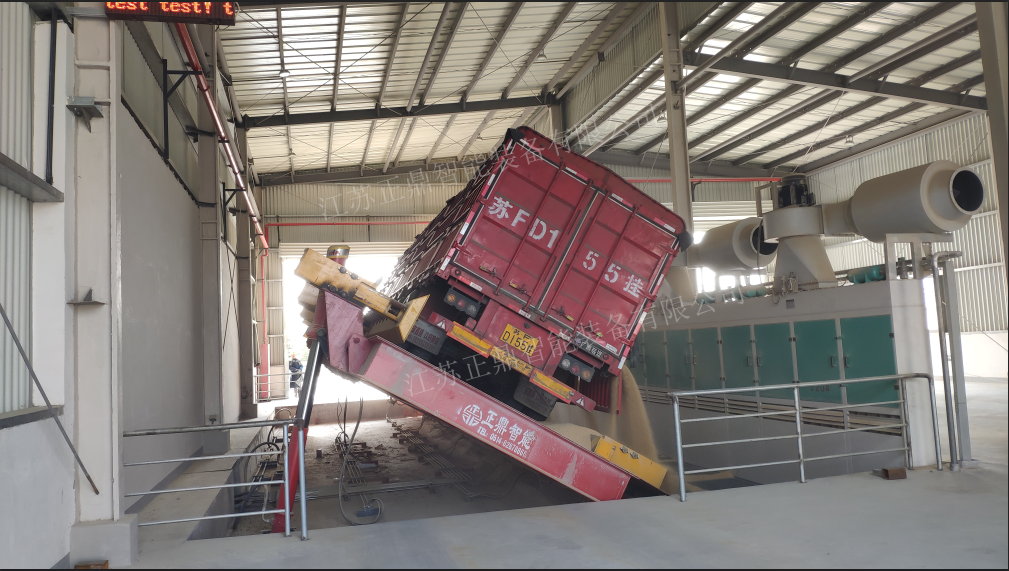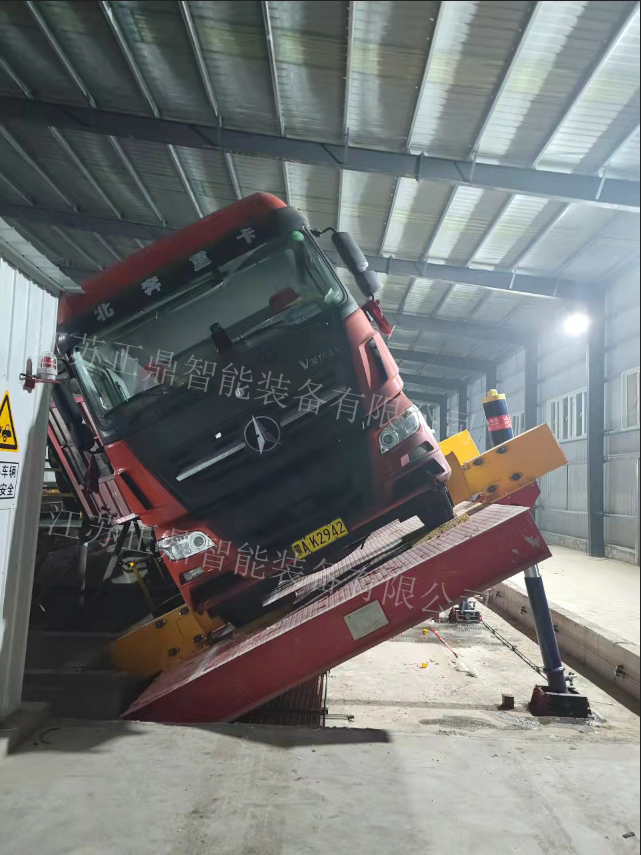Mastering Modern Container Unloading Operations
The logistics landscape is rapidly evolving, and container unloading has become a critical component of supply chain efficiency. As global trade continues to expand, businesses must optimize their container unloading processes to maintain competitive advantages and ensure smooth operations. This comprehensive guide explores the latest best practices, innovative technologies, and expert insights that will shape container unloading operations through 2025 and beyond.
Advanced Container Unloading Technologies
Automated Unloading Systems
The integration of automated systems has revolutionized container unloading operations. Modern facilities now employ sophisticated robotics and AI-driven machinery that can significantly reduce unloading times while maintaining exceptional accuracy. These systems utilize advanced sensors and computer vision technology to identify package positions, optimize unloading sequences, and handle various cargo types with minimal human intervention.
Smart conveyor systems complement automated unloading equipment by efficiently moving goods from containers to sorting areas or storage locations. These systems can adjust their speed and direction based on real-time cargo flow, preventing bottlenecks and ensuring continuous operation during peak periods.
Digital Planning and Monitoring Tools
Container unloading efficiency begins with proper planning and real-time monitoring. Advanced software solutions now offer predictive analytics that help operators anticipate potential challenges and optimize resource allocation. These tools provide valuable insights into container contents, weight distribution, and specific handling requirements before the container arrives at the facility.
Digital twin technology creates virtual representations of unloading operations, allowing managers to simulate different scenarios and identify the most efficient processes. This technology has proven invaluable in training staff and testing new unloading strategies without disrupting actual operations.

Safety Protocols and Risk Management
Personal Protection Equipment Requirements
Safety remains paramount in container unloading operations. Modern PPE now includes smart gear with embedded sensors that can detect hazardous conditions and alert workers to potential dangers. High-visibility clothing with integrated cooling systems helps maintain worker comfort and safety during extended unloading sessions.
Regular safety training programs must incorporate the latest industry standards and equipment-specific protocols. Virtual reality training modules have become increasingly popular, offering realistic simulations of various container unloading scenarios and emergency situations.
Environmental Controls and Monitoring
Environmental factors significantly impact container unloading safety and efficiency. Advanced climate control systems maintain optimal temperature and humidity levels inside containers during unloading, particularly crucial for temperature-sensitive cargo. Air quality monitoring systems detect potentially harmful substances and ensure proper ventilation throughout the unloading process.
Weather monitoring systems integrated with scheduling software help optimize outdoor container unloading operations. These systems provide advanced warnings of adverse weather conditions and assist in planning alternative unloading schedules when necessary.
Operational Efficiency Strategies
Workflow Optimization Techniques
Successful container unloading operations rely on well-designed workflows that minimize unnecessary movement and maximize resource utilization. Modern facilities implement zone-based unloading strategies, where specific areas are designated for different cargo types or destinations. This approach reduces confusion and improves overall efficiency in the container unloading process.
Cross-docking techniques have evolved to incorporate real-time inventory management systems, allowing for immediate sorting and redistribution of goods during the container unloading process. This reduces storage requirements and accelerates delivery times to end customers.
Resource Management Solutions
Effective resource allocation is crucial for container unloading efficiency. AI-powered scheduling systems optimize worker assignments and equipment utilization based on historical data and real-time conditions. These systems can adjust staffing levels and equipment deployment to match varying workload demands throughout the day.
Predictive maintenance programs ensure that all container unloading equipment remains in optimal condition, reducing unexpected downtime and maintaining consistent operation speeds. IoT sensors monitor equipment performance and alert maintenance teams before potential issues become serious problems.
Sustainability in Container Unloading
Energy-Efficient Equipment
The push toward sustainability has led to significant innovations in container unloading equipment. Electric and hybrid machinery now offers superior performance while reducing carbon emissions and operating costs. Advanced power management systems optimize energy consumption during both active unloading and idle periods.
Solar-powered auxiliary systems support container unloading operations by providing sustainable energy for lighting, ventilation, and small equipment. These systems reduce reliance on grid power and maintain operations during potential power disruptions.
Waste Reduction Strategies
Modern container unloading facilities implement comprehensive waste management programs that focus on recycling and reusing packaging materials. Automated sorting systems separate different types of waste materials during the unloading process, streamlining recycling efforts and reducing landfill waste.
Digital documentation systems have largely replaced paper-based processes, significantly reducing paper waste while improving tracking and accountability in container unloading operations. Cloud-based systems ensure all relevant information is instantly accessible to authorized personnel.
Frequently Asked Questions
What is the optimal time frame for unloading a standard shipping container?
The optimal time frame for container unloading varies based on cargo type and available resources. With modern equipment and efficient processes, a standard 40-foot container typically requires 2-3 hours for complete unloading. However, automated systems can reduce this time to under an hour for standardized cargo.
How can weather conditions affect container unloading operations?
Weather conditions can significantly impact container unloading safety and efficiency. Rain, strong winds, and extreme temperatures may require special handling procedures or temporary operational pauses. Modern facilities use weather monitoring systems and covered unloading areas to minimize weather-related disruptions.
What are the most important safety considerations in container unloading?
Key safety considerations include proper ventilation before entry, structural integrity assessment of cargo and container, appropriate PPE usage, and adherence to load weight limits. Regular safety training, equipment maintenance, and clear communication protocols are essential for preventing accidents during container unloading operations.

